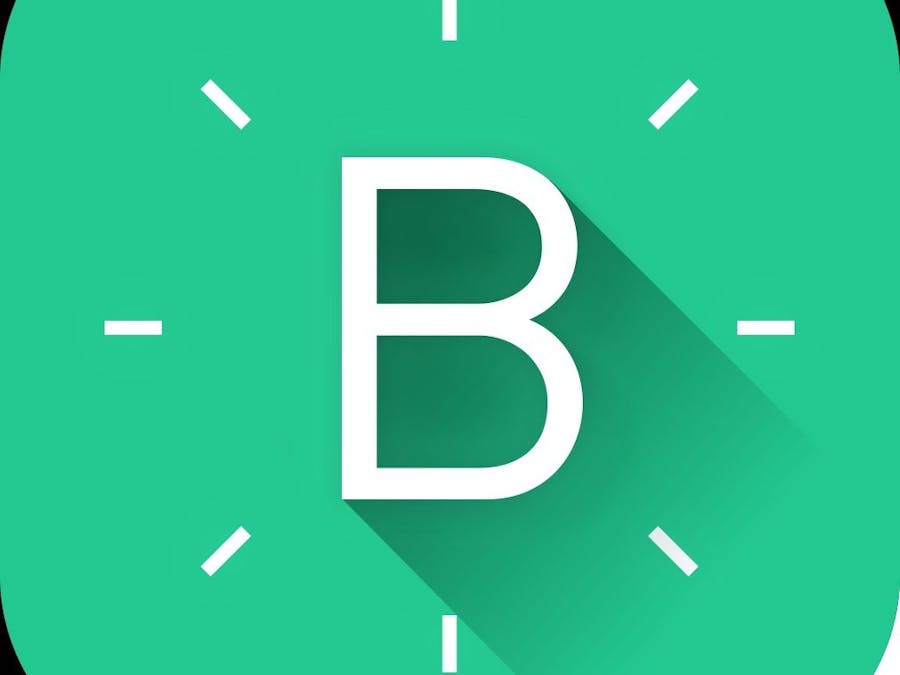Hello there!
Today we will develop a mobile application on Blynk, and monitor temperature in our surroundings.
BLYNK:Blynk is a Platform with iOS and Android apps to control Surilli and the likes over the Internet.
It's a digital dashboard where you can build a graphic interface for your project by simply dragging and dropping widgets.
It's really simple to set everything up and you'll start tinkering in less than 5 mins.
Blynk is not tied to some specific board or shield. Instead, it's supporting hardware of your choice. Whether your Arduino or Raspberry Pi is linked to the Internet over Wi-Fi, Ethernet or this new ESP8266 chip, Blynk will get you online and ready for the Internet Of Your Things.
BLYNK APPLICATION:In this tutorial we will be using an android supported mobile.
Watch the video to develop your application.
After downloading, open your application, it will ask you to select board, you will choose ESP8266. After that you will be asked to login, enter your email id and password. Then follow the video.
An authentication code will be send to your email id, this code will be used in your program which you will upload on your surilli wifi.
Now we will move towards our hardware part.
Circuit:- Download the DHT Library from the link given below:
https://github.com/surilli-io/DHT11-Library
- Unzip it and paste in into This PC > Documents > Arduino > libraries.
- Now you have completed setting up your hardware. Copy and paste the code given below into your Arduino IDE sketch and hit upload.
#include <BlynkSimpleEsp8266.h> //include Blynk library
#include <dht.h> //include temp sensor library
#define dht_apin 4 // Analog Pin sensor is connected to pin 4
dht DHT;
char auth[] = "********************"; //Enter the authentication code
char ssid[] = "**********"; //Enter the name of your wifi
char pass[] = "**********"; //Enter password of your wifi
void setup(){
Blynk.begin(auth, ssid, pass);
Serial.begin(9600);
delay(500); //Delay to let system boot
}
void loop()
{
Blynk.run();
Blynk.syncAll();
Blynk.virtualWrite(V0, DHT.temperature); //write value of temp to V0 pin
Blynk.virtualWrite(V1, DHT.humidity); //write value of humidity to !1 pin
DHT.read11(dht_apin);
}
- Name of your wifi should be spelled correctly and password too.
- Your mobile phone should also have access to internet, to monitor temperature on your mobile application remotely.















Comments
Please log in or sign up to comment.